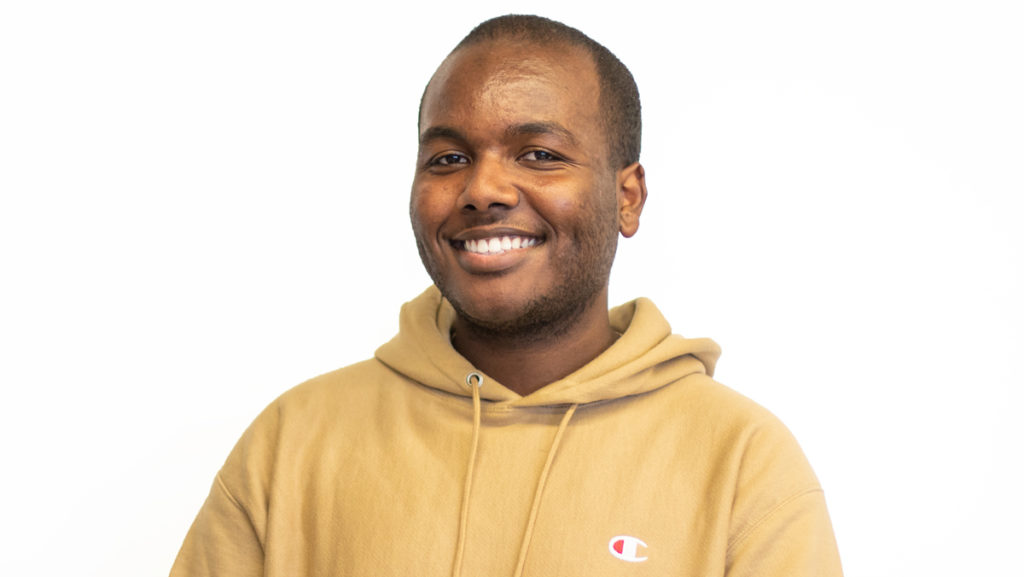As I drove up the hill onto the Ithaca College campus, it was seemingly perfect. From the fountain to the smell of fall, it seemed as if my freshman experience would be somewhat of a dream come true. However, as the honeymoon phase faded, I started to realize that the college isn’t perfect. There is an extreme lack of ethnic diversity represented throughout the staff and faculty at the college, an issue that significantly affects my experience as a journalism major in the Roy H. Park School of Communications.
Coming in, I knew the college was a predominantly white institution (PWI). What I did not expect was how the lack of faculty diversity would affect my own educational experience.
There is a clear lack of understanding on the part of many of my white professors. Although I have not experienced blatant racism, I have experienced professors who clearly do not understand the experiences of people of color but still ignorantly teach on different minority groups. Multiple studies show how students who see themselves represented through their teaching staff tend to have better learning experiences. When you do not see yourself represented within your educators, it renders you invisible. How can you teach me about telling other individuals’ stories when you cannot understand mine?
As a person of color at a PWI, having a professor that looks like me makes me feel understood and seen. That is not to say that just because I have a black professor, the class is immediately 10 times easier — it just allows for my learning to be more accessible. For some, this accessibility is the difference between completing a degree and dropping out.
For years, the Park School has faced a dire lack of diversity within the faculty and staff. This is a problem that should be addressed directly by the administration. However, the responsibility to advocate for a diverse faculty often falls on students of color and their allies. This puts an added burden on students who are already extremely underrepresented at the college.
The very existence of the Diversity Advocates of Park highlights this problem. Yes, it is important for students’ voices to be heard in reference to addressing the lack of diversity. But there is an issue. In a sense, we’re giving tuition money to an administration just to have us be responsible for telling it how it can do its job better.
It is not our responsibility to fix the issue of the lack of diversity. Students of color voicing their concerns is only the beginning. Those in power must take action to elicit change. Words without action are useless.
As a resolution to the lack of diversity among faculty and staff, the college must not only hire faculty and staff from diverse backgrounds but also ensure that they are culturally competent. Tokenism for the sake of “claiming diversity” can be just as detrimental as not having any diversity at all. Because the college does have a faculty that is predominantly white, the administration needs to be cognizant of the fact that these white individuals need to be socially and culturally aware; they must be equipped with a sense of cultural competency.
There needs to be an open and honest dialogue between the administration and students, and nothing pertaining to diversity should be sugarcoated. People’s futures are on the line — and the real world is much more bitter than sweet.




